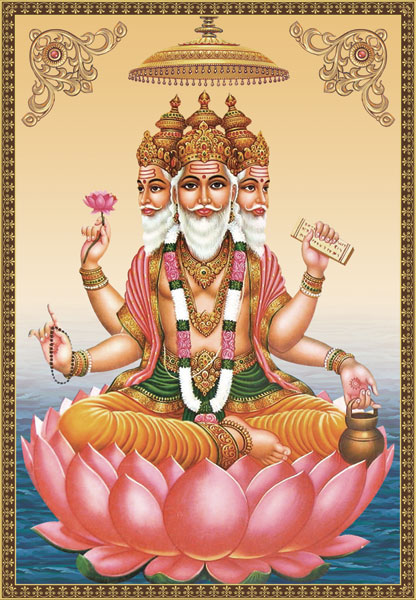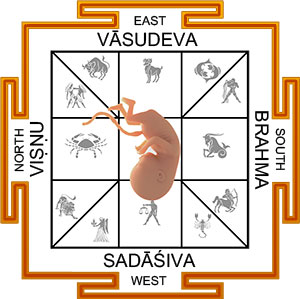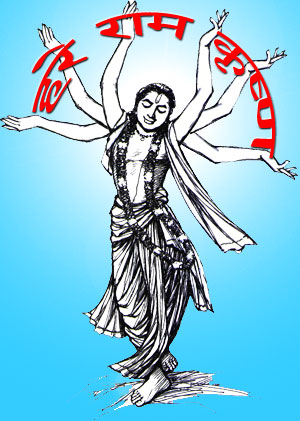PJC Overview
The Parāśara Jyotiṣa course is to be taught in the tradition of Puri, India and includes spiritual instructions to develop the mind in order to grasp the entire subject. The student is to develop a keen understanding of Vedic astrology and will master all the śloka of Bṛhat Parāśara Horā Śāstra (BPHS).
Syllabus
The syllabus primarily includes the jyotiṣa classic Bṛhat Parāśara Horā Śāstra as available today. The various chapters are grouped into various “Topics” to be covered in two parts – (A) Jyotiṣa Paṇḍita ( Four Academic Years) and (B) Jyotiṣa Guru (Two Academic Years).




